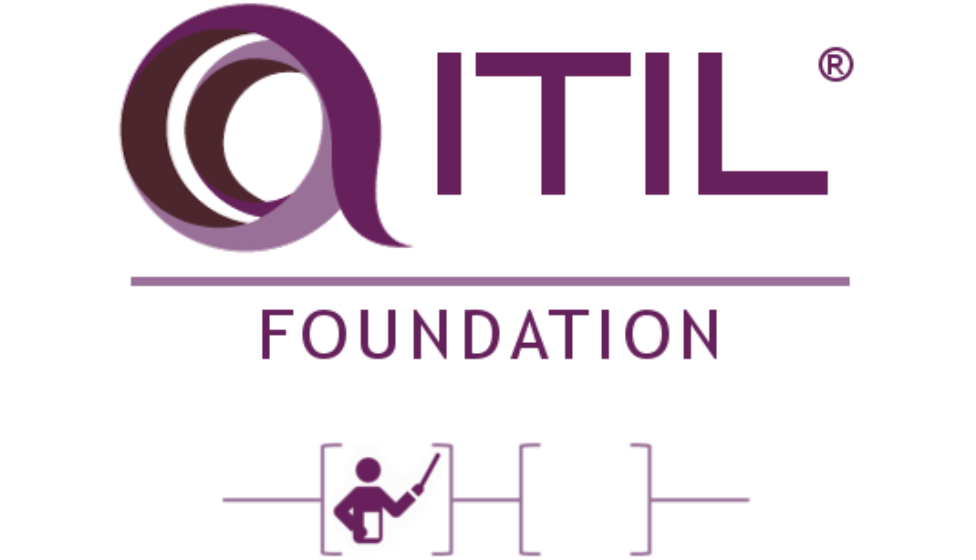ITIL foundation training is the primary dimension of passage to an ITIL certification program. Concentrating on twelve essential areas, the Foundation program is assembled into two major segments: Service Support and Service Delivery. The following are synopses of the six procedures which make up Service Delivery:
Administration Level Management
This is the procedure that structures the chain between the IT organization and its clients. The execution of Service Level Management must be a triumph if the other ITIL procedures are in place. The primary target of this procedure is to ensure that the IT administrations offered are high in quality and reasonable to the client in the meantime. Through a constant cycle of understanding, observing and detailing, the Service Level Management keeps up and upgrades the administration quality.
Administration Availability
This procedure verifies that all IT administrations are accessible, at some random time. This procedure incorporates observing and dissecting the administrations, just as their components. From examining past errors, the association can maintain a strategic distance from future ones. A few devices that are utilized in estimating administration accessibility are:
Accessibility – This incorporates the administration times and reaction times
Help work area calls – This incorporates the goals times, reaction times and the number of issues raised Capacity – These are execution estimates that consider the number of clients, report generation and online exchanges
Capacity Management
This procedure guarantees that IT administrations are given in the correct volume, at the perfect place and at the opportune time. By checking and dissecting the capacity of the IT benefits, this procedure verifies that administrations run smooth and are accessible whenever. It gathers data from the other areas of the association to identify the required administrations, the foundation expected to actualize these administrations and the use included. Capacity management comprises of three sub-forms, to be specific, business capacity management, asset capacity management, and administration capacity management.

Money related Management
This procedure verifies that the required framework is acquired at an entirely sensible price. It ascertains the costs engaged with giving IT administrations, and this empowers the association to put a suitable price tag on its administrations. Along these lines, the association can recoup the costs, and furthermore make a few profits, from the client. Costs are isolated into immediate and aberrant costs. The principal objective of this procedure is to give benefits that can control, handle and recuperate the use.
IT Service Continuity Management
The primary target of this procedure is to handle risks that could seriously affect IT administrations. It verifies that the specialist co-op will dependably give the base administration levels, as concurred. The IT Service Continuity Management characterizes forms that enable IT to work intimately with the divisions of Business Continuity Management. Together, they guarantee that reinforcement plans and choices are in place in case of a disturbance. ITSCM can limit disturbance in administrations, however, it can also limit the costs include with recuperation plans.
Security Management
The ITIL security management process, in light of the ISO 27001 standard, is pertinent to a wide range of associations. The goals of the security management procedure are:
- Privacy – Only approved people are permitted to get to the information
- Honesty – The information must be precise and must be ensured consistently
- Accessibility – Information is accessible to the approved clients whenever
By taking care of the accessibility, honesty, and classification of the information, this procedure guarantees that no security-related occurrences happen.
ITIL Foundation On One Page

One of the most well-known solicitations from the training room is to have the option to see the full V3 Lifecycle on a solitary chart.
As the Lifecycle comprises of more than 20 procedures and spreads 5 particular stages, this is all in all an ask, however, it is been done.
Administration Strategy – the center of the Lifecycle. This stage covers the improvement of the procedure, presenting the Service Portfolio, Demand management, and Financial management. Setting up the management of the assets required to convey the administrations required to help the business. Pursue the shading coding on the revision manual for the survey every one of the components of Service Strategy as it shows up all through the Lifecycle.
Administration Design – the realization of the technique into a design arrangement. Covering the need to oversee Service Level Agreements (Service Level Management); give point by point data on the administrations offered (the Service Catalog); measures and management for Availability and Capacity; the advancement of IT Service Continuity, Information Security; relationship management with providers in Supplier Management. Pursue the shading coding on the revision manual for the survey every one of the components of Service Design as it shows up all through the Lifecycle.
Administration Transition – the conveyance of the administration design into the operational condition and live creation. Counting some key procedures that spread the entire of the Lifecycle, Transition is a significant stage. Here you will discover procedures, for example, Change Management, Service Asset, and Configuration Management, which are utilized all through the Lifecycle. This stage also covers the significant parts of control for the arrival of new and changed administrations in the procedures of Release and Deployment Management, Transition Planning and Support, Service Testing and Verification, and Evaluation. Pursue the shading coding on the revision manual for the survey every one of the components of Service Transition as it shows up all through the Lifecycle.
Administration Operation – this is where the business really observes the estimation of the administration lifecycle. The operational procedures are basic to the business impression of the IT administrations conveyed. The procedures shrouded by this phase in the Lifecycle are the goals procedures of Event Management, Incident Management and Request Management, and Problem Management. Included with these procedures we also approach Management – the operational procedure identifying with Information Security Management. Pursue the shading coding on the revision manual for audit every one of the components of Service Operation as it shows up all through the Lifecycle.
Consistent Service Improvement – covers the entire of the framework, applying the standards of administration improvement to all stages. As the Foundation course prospectus confines the survey of procedures for CSI, consider the CSI model for revision purposes. Pursue the shading coding on the revision manual for the survey every one of the components of Service Operation as it shows up all through the Lifecycle.
This revision manage for the ITIL® Foundation schedule is accessible as a free asset from Study ITIL and Helix SMS, this supportive one-page guide can be utilized in the workplace as a token of the Lifecycle.
Helen Morris, chief of Henry Gale Associates Ltd., prime supporter of Helix SMS Ltd., spends significant time in IT Service Management and Best Practice execution in worldwide associations. Helen is a talented and exceptionally qualified specialist working in private and open parts. With more than 25 years of IT experience, she has profitable recognition and understanding into the issues confronting businesses today.

